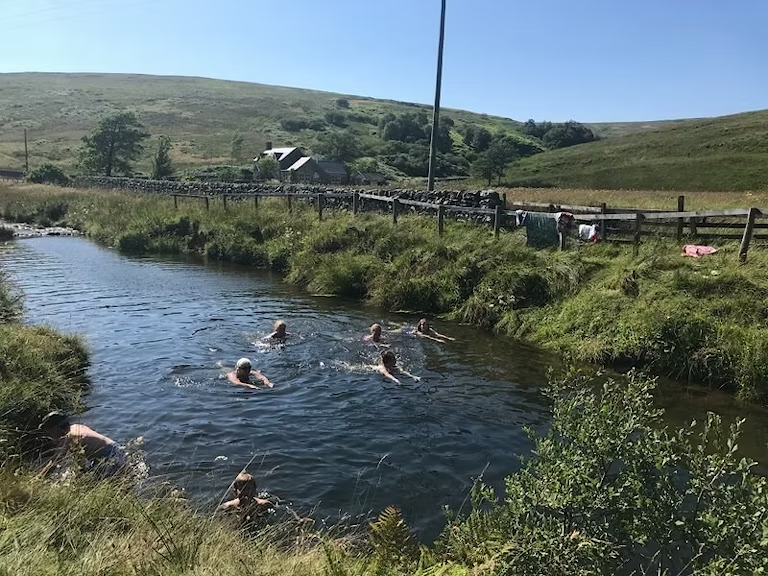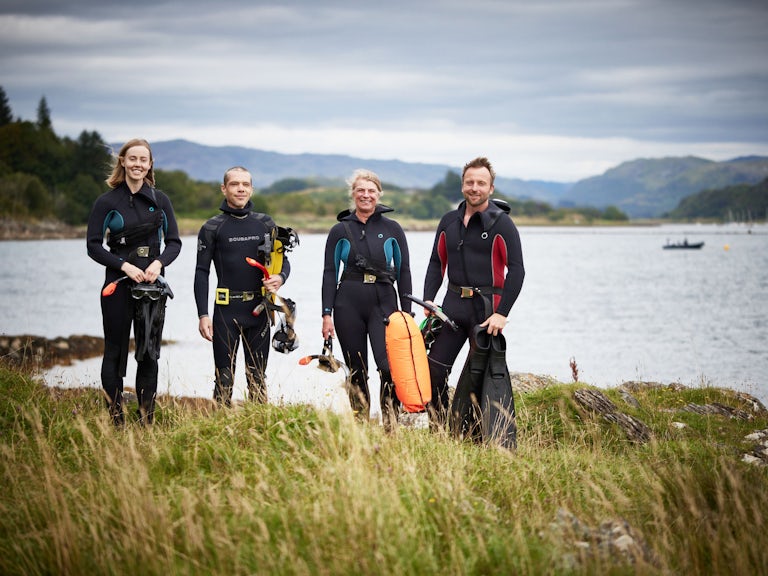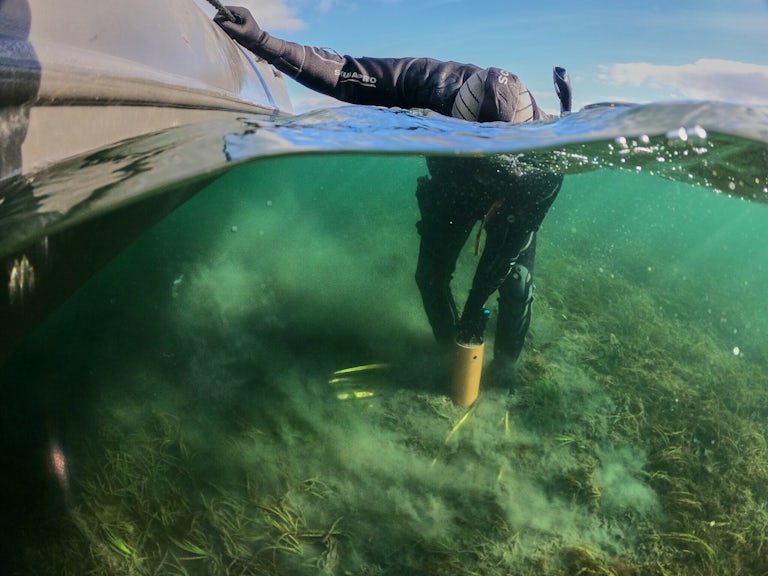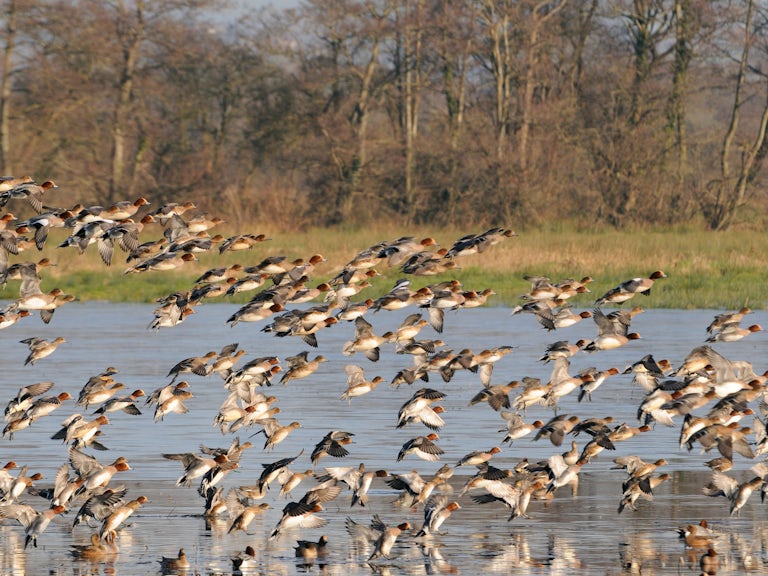Rewilding and conservation
Conservation has been doing an important job working for nature for decades. Rewilding takes it to the next level.

For decades, people passionate about the natural world have been working hard across Britain to save the wildlife we have left. Conservation organisations have mastered the science of diagnostic research, and the art of putting that knowledge to work to recover the populations of some species. Our habitat classification schemes are some of the most intricate in the world. We’re able to define what we expect habitat patches of a few hectares to look like, and we deploy precise management to meet these expectations.
We’ve heaped layers of legislation across our most valued sites in an attempt to ensure their stability and safety in the face of unending development pressures. And we have a world-beating army of volunteers participating in what must be the most comprehensive set of species data collection schemes anywhere in Europe. So why should we change gear and embrace a new approach centred on letting nature take control?
“Traditional conservation practices on their own, are not enough to achieve significant wildlife recovery in Britain,” says Alastair Driver, Rewilding Britain’s director who has been working in conservation for over 40 years. “Despite many decades of effort, wildlife is in dramatic decline. Our successes have not been enough. We need to do more, but more of the same will not be enough. We need to take a new approach to complement more traditional conservation methods and that new approach has to be affordable.”
A complementary approach
Rewilding is just that. It is complementary to and, not a replacement for, our well-established management-based approach to species and habitat conservation and it is significantly less resource-intensive per unit area. Many of our best wildlife sites are valued cultural habitats, with species assembled under the influence of low-intensity agriculture. Our pre-chemical traditional hay meadows, orchards and coppiced woodlands provide an array of favourable conditions and anthropogenic processes that enable characteristic arrays of species to thrive.
“Traditional conservation practices on their own are not enough to achieve significant wildlife recovery in Britain”
Alastair Driver
Rewilding Britain
The on-going management of such cultural habitats is important. Simply letting go could be disastrous for long-established and specialised wildlife largely (and inadvertently) expunged from the more intensive agriculture or urban development surrounding them. But traditional conservation puts nature in something of a holding pattern. It can curtail the dynamic adjustments nature needs if it’s to expand into lost space and re-shuffle itself in the face of our changing climate.
Large-scale rewilding explodes the holding pattern. Where traditional conservation takes a species-focused, fine-tuning approach, rewilding takes a looser, systems-based approach. It focuses on the large-scale restoration of ecosystems. It aims to give nature the space and freedom to recover, grow and adapt on its own terms. The only expectation is that natural processes will drive change, leading to better functioning ecosystems and increased resilience.
In this context, traditionally managed wildlife sites, such as chalk grasslands and hay meadows, become ‘source’ habitats, rich in species that will be able to spread into the much larger rewilding spaces surrounding them. The intensive care offered at the early stages of species recovery ensures we ‘keep all the parts’, so that source populations of, say, snipe, are available to fuel colonisation of beaver-led wetlands.
Over time, as large rewilding areas develop and species from nearby traditionally managed wildlife sites find their place in the new wilder landscape, we can then start to relax the management in the managed wildlife sites, thus freeing up valuable resources to expand rewilding areas further.
Here we highlight seven ways in which rewilding thinks differently, but also works with, traditional conservation.
1. Let species find their place
Change and adaptation is a fundamental part of nature. Fine-tuning hydrated lowland wet grasslands to get things just right for our breeding waders may be necessary to maintain populations in the short term, but we shouldn’t be aiming to dance to the tune of targeted management forever. Better, surely, in the longer term, to help species find their place in nature and not be perpetually dependent on often expensive habitat and species management wherever possible.
2. Embrace dynamic assemblages
As larger, wilder landscapes take hold, new, more dynamic assemblages of plants and animals will take shape. This is the joy of rewilding. It might change the landscape you know and there will be some surprises, but naturally dynamic ecosystems have in-built resilience. Ideally, these wilder landscapes should include the presence of certain keystone species, such as beavers in river-floodplain systems.
3. Spreading the source
Conservation has done great work protecting cultural habitats such as chalk grasslands, tall fen meadows and coppiced woodlands. These habitats, leftovers from high nature value farming that covered much of Britain before chemicals arrived, are a last refuge for much wildlife. As rewilding takes hold around such sites, the species within them will spread.
4. Think big, act wild
The tiny, fragmented patches of nature scattered across Britain need perpetual, detailed care. Less management is needed if we enlarge such areas and join them up. This helps larger species to be wilder. Beavers in floodplains, and small numbers of wilder cattle, pigs and horses across large dry land mosaics, begin to express their natural behaviours. This helps to boost biodiversity.
5. Collaborating and connecting up
Connectivity is key to restoring natural processes and helping nature establish on its own terms. Many conservation organisations are used to partnering up on projects to make things happen on a larger scale. Rewilding requires a focus on natural processes within large-scale connectivity projects instead of detailed, species-focused management.
6. A focus on local
Local people are driving rewilding (see The Rewilding Network). Local rewilding groups are starting to emerge across Britain, which gives great scope for combining existing conservation expertise with rewilding enthusiasm and ambition. Matching rewilding actions to local conditions is key, since there’s no ‘one-size-fits-all’ solution for nature recovery.
7. Embracing uncertainty
The National Vegetation Classification captures the nature of habitats pretty well. It’s often used to decide what a given site ‘ought to look like’. That’s fine for habitats that have assembled under human influence. As we allow nature more space to reassemble itself across larger landscapes, we can afford to stand back and let nature decide what it’s going to be and to classify itself. And if it’s not what we expect, then we should be relaxed about that. Remember it is not just the landscape that’s on a rewilding journey, it’s our thinking as well.
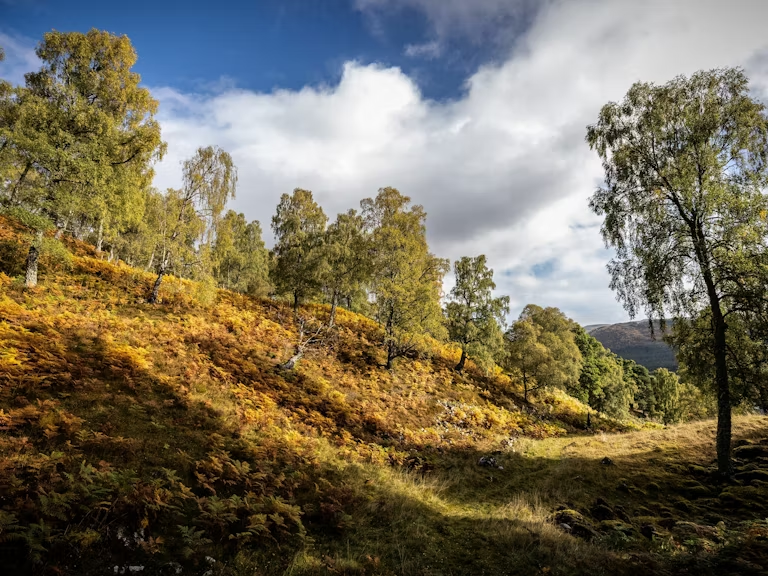
Rewilding 101
Start here to learn all about rewilding, what it looks like and what it can do.
Why rewild
Our vision
We have big ambitions. Find out what we’ve set out to achieve through rewilding.
What we do
Rewild your inbox
Wise up with the latest rewilding news, tips and events in our newsletter.
Sign up now